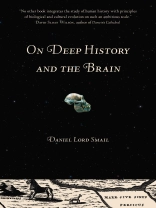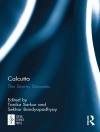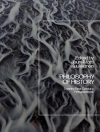When does history begin? What characterizes it? This brilliant and beautifully written book dissolves the logic of a beginning based on writing, civilization, or historical consciousness and offers a model for a history that escapes the continuing grip of the Judeo-Christian time frame. Daniel Lord Smail argues that in the wake of the Decade of the Brain and the best-selling historical work of scientists like Jared Diamond, the time has come for fundamentally new ways of thinking about our past. He shows how recent work in evolution and paleohistory makes it possible to join the deep past with the recent past and abandon, once and for all, the idea of prehistory. Making an enormous literature accessible to the general reader, he lays out a bold new case for bringing neuroscience and neurobiology into the realm of history.
Tabela de Conteúdo
Preface
Introduction: Toward Reunion in History
1. The Grip of Sacred History
2. Resistance
3. Between Darwin and Lamarck
4. The New Neurohistory
5. Civilization and Psychotropy
Epilogue: Looking Ahead
Notes
Bibliography of Works Cited
Index
Sobre o autor
Daniel Lord Smail is Professor of History at Harvard University. He is the author of Imaginary Cartographies (1999), which won the American Historical Association’s Herbert Baxter Adams Prize and the Social Science History Association’s President’s Award; The Consumption of Justice (2003), which won the Law and Society Association’s James Willard Hurst Prize; and co-editor of Fama: The Politics of Talk and Reputation in Medieval Europe (2003).












